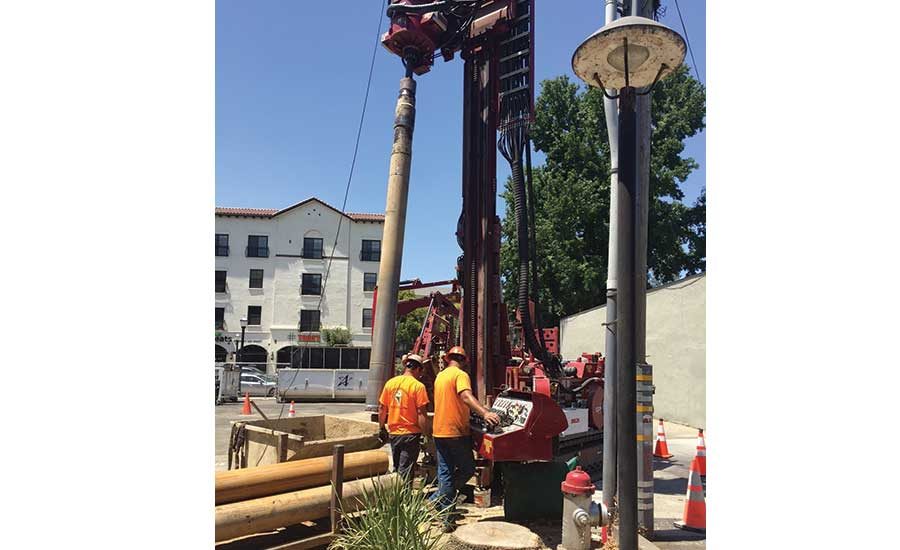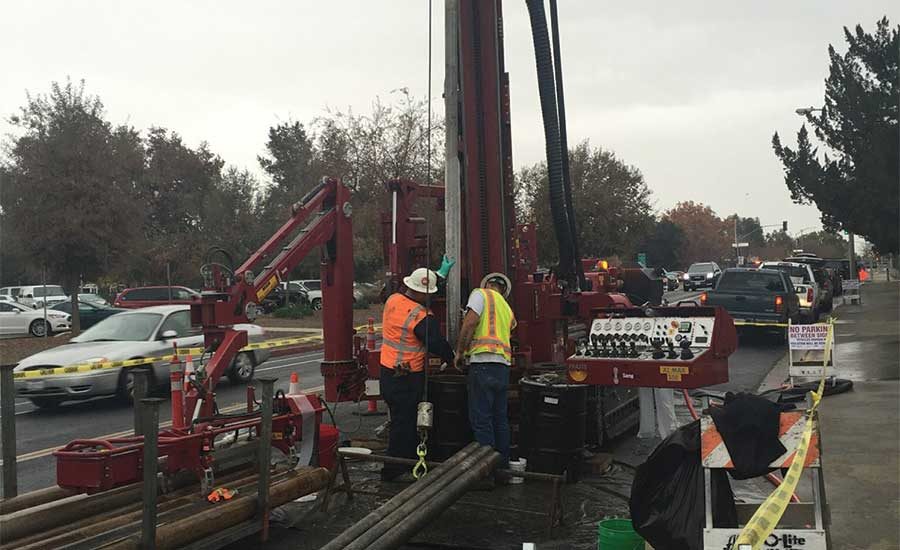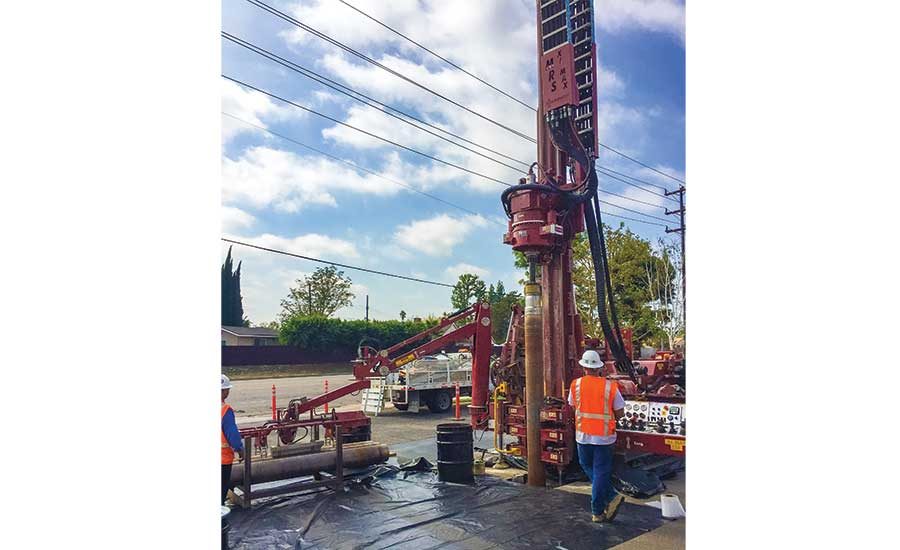After leaving the U.S. Marines around 16 years ago, Mike Cramer joined the drilling industry, focusing on environmental applications. In 2003, after working with direct-push and hollow stem rigs, he was introduced to the sonic drilling method.
“My first experience with sonic was revolutionary to say the least. From there on out, it was the only way to drill for me. Sonic provided the versatility and speed, along with a huge increase in safety. It was also fun and exciting to use,” Cramer says.
Joining the drilling industry isn’t something he always planned on doing, but he is grateful he did. Today, he is sonic operations manager with Gregg Drilling & Testing Inc., based in Signal Hill, Calif. It also has locations in Martinez, Calif., and Calgary, Alberta, Canada. The geotechnical and environmental drilling company employs around 140 people and takes on projects in at least 12 states, plus Canada, mainly for commercial clients.
Cramer has been with the company for two years now and says he enjoys what he does. A lot of the jobs his team does involve setting wells, removing wells, soil sampling and rock coring. One of the biggest challenges he faces is educating clients. He says a lot of people still don’t understand how sonic drilling works or what it can be used for. Many also think it is too expensive. That doesn’t mean demand isn’t pointing in a positive direction though. Cramer says it has grown dramatically during his time in the industry and that it is still on the rise today.
“I’m very optimistic. I see sonic drilling as being much more of a premier, go-to drilling for anything below 500 feet or so. The reason being is because of its versatility. With its versatility, it provides huge cost savings to our clients,” he explains.
Q. What do you do and what keeps you coming back every day?
A. Managing the sonic drilling operations is a very exciting position. I’m also extremely fortunate to have a great team to work with, a team that communicates extremely well. What we find is that our skillsets complement each other. It’s also a very fun and exciting place to be. The sonic drilling technology can overcome most conventional drilling challenges and gives clients a great tool in their toolbox to use.
Q. What does a typical workday involve?
A. It varies. A typical workday for me — I do cost proposals, rig and crew scheduling, helping clients with work plans, taking field calls, solving problems over the phone or onsite, and site walks. … These days it’s probably 85 percent or so in the office.
Q. What does it take to succeed in what you do?
A. First and foremost, people. You’ve got to have the right people on your team to succeed and you’ve got to be able to trust, easily communicate, and show them that they can rely on and trust you.
Q. What do you wish you knew when you started?
A. Probably how important people were, and how important it is to have and surround yourself with good people, people that you can trust and also enjoy working with. People make all of the difference.
Q. What tool can you not imagine working without?
A. For me it’s the sonic drill itself. When I first started, I didn’t really know about sonic drilling. I didn’t understand it for sure. And then once I used it, that was the only way to go. From the core recovery to its flexibility, versatility and speed, and also its safety, it’s the way to go for sure.
Q. What’s the best piece of advice you’ve been given?
A. Probably to never give up. Push to succeed.
Q. How would you describe the present state of the industry?
A. The industry, I think, has a very energetic and exciting feel to it. The economy seems to be bustling and drilling is in high demand.









Report Abusive Comment